Understanding Old Company Plate Silverware Value
Old Company Plate silverware represents a distinctive chapter in American silver-plated flatware history. Whether inherited from family or discovered at an estate sale, many collectors and homeowners find themselves wondering about the true value of these elegant utensils. This comprehensive guide will explore all aspects of Old Company Plate silverware valuation, from pattern identification to current market prices.
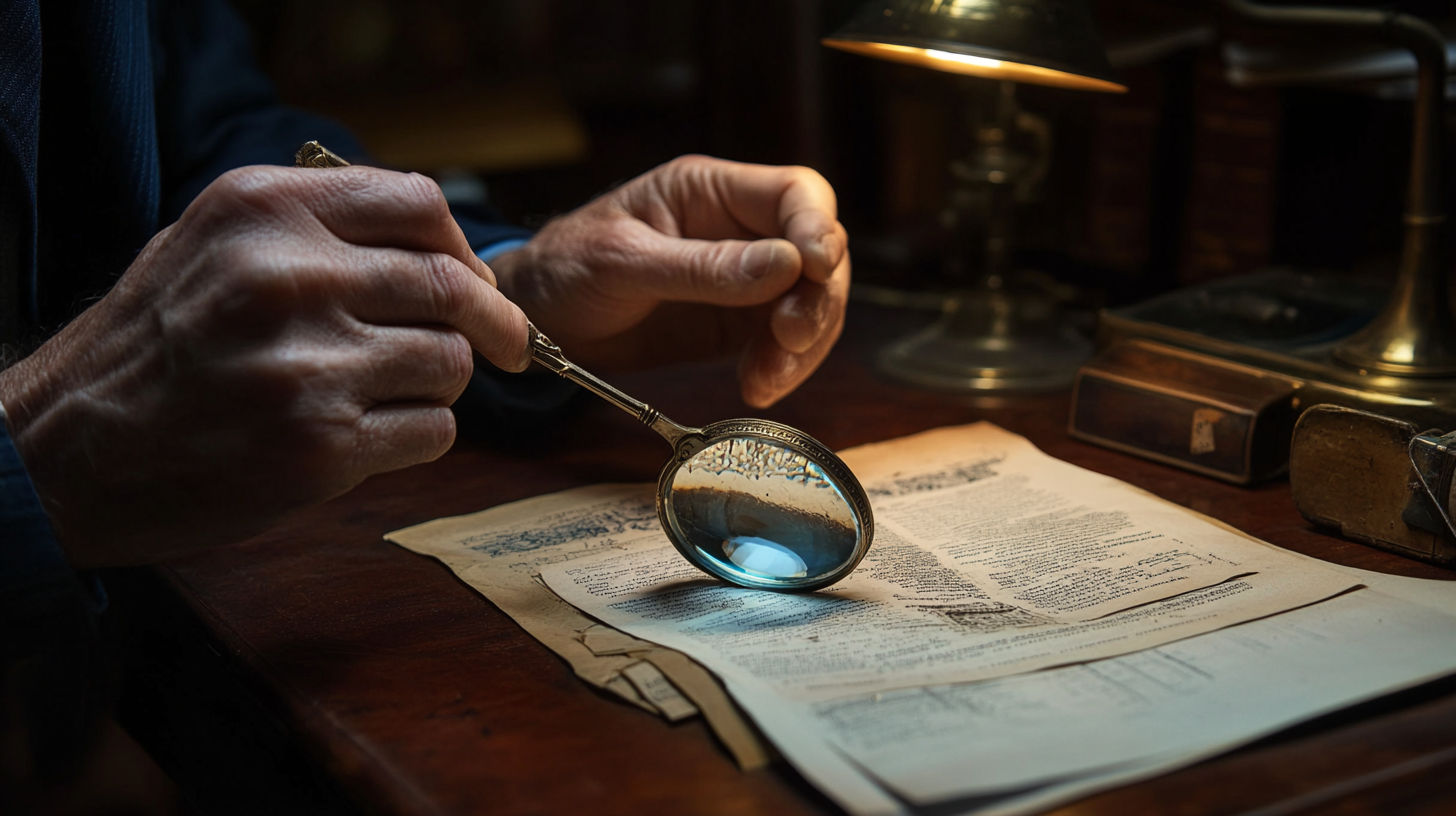
What Is Old Company Plate Silverware?
The History of Old Company Plate
Old Company Plate silverware gained prominence in mid-20th century America, particularly with their iconic “Signature” pattern introduced around 1950. Unlike sterling silverware which contains 92.5% pure silver, Old Company Plate items are silver-plated, meaning a thin layer of silver is applied over a base metal (typically nickel or copper alloy).
The International Silver Company, which produced Old Company Plate items, was formed in 1898 through the merger of several Connecticut silver manufacturers. The company created various lines of silver-plated flatware under different brand names, with Old Company Plate being one of their mid-century offerings targeted at middle-class American households.
Old Company Plate Historical Timeline
International Silver Company Founded
Formation through merger of multiple silver manufacturing companies
Signature Pattern Introduced
Launch of the most popular Old Company Plate pattern
Peak Popularity Period
Old Company Plate silverware widely used in American households
International Silver Company Acquisition
Company purchased by Katy Industries
Most Valuable Old Company Plate Patterns
Popular Patterns and Their Values
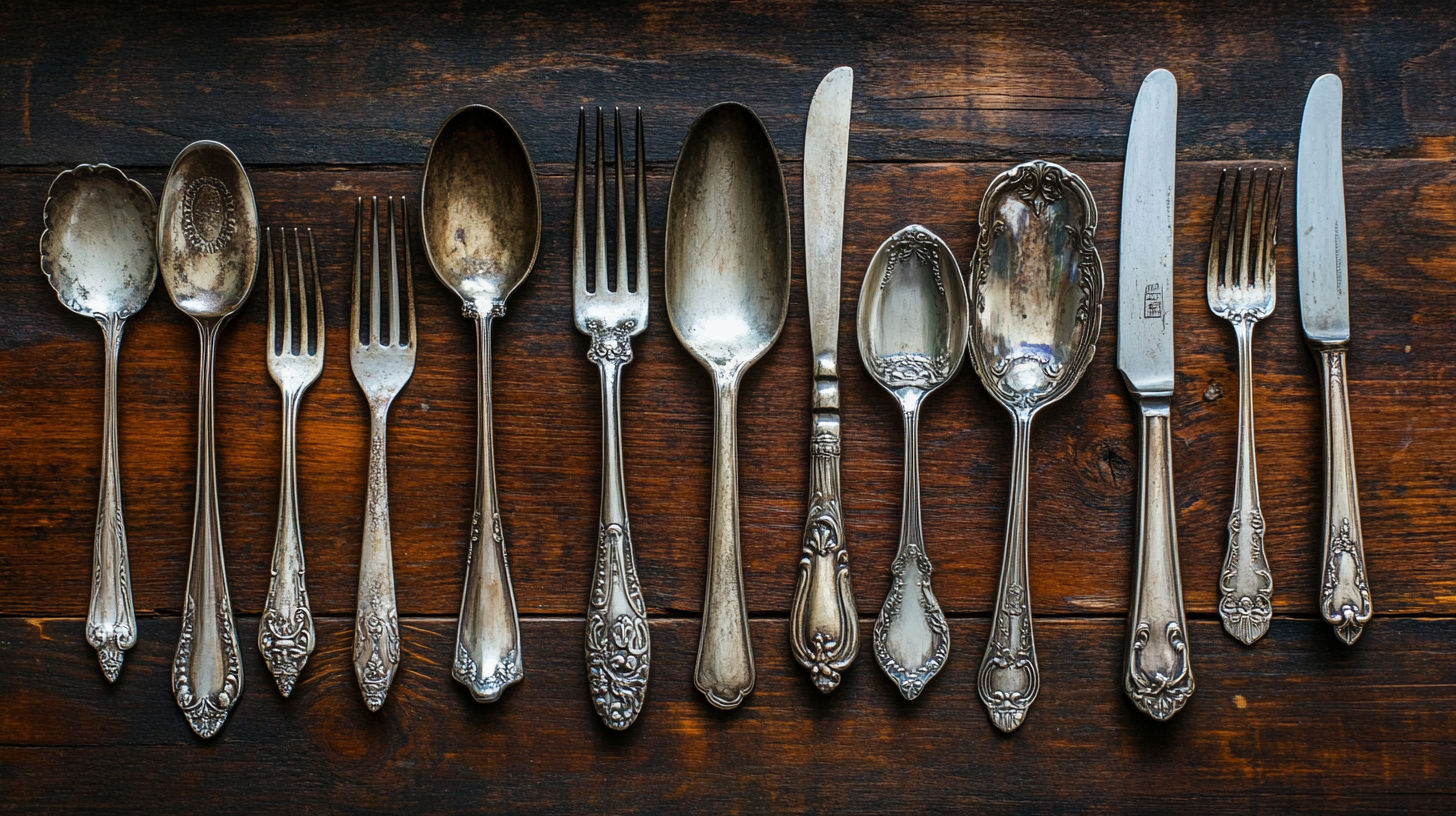
While Old Company Plate produced several flatware patterns, the “Signature” pattern from 1950 stands as their most recognized design. This pattern features an elegant, simple design with subtle decorative elements at the handle, often complemented by monogramming. Other notable patterns include:
- Signature Rose - A variation of the Signature pattern with floral accents
- Huckleberry Hound - A charming children’s pattern featuring the cartoon character
- Classic - A streamlined design with minimal ornamentation
Old Company Plate Pattern Value Ranges
| Category | Price Range | Notes |
|---|---|---|
| Signature (1950) | $10-$25 per piece | Most common pattern, higher for serving pieces |
| Signature with Monogram | $8-$20 per piece | Monograms typically reduce value unless rare |
| Signature Rose | $15-$30 per piece | Less common, more decorative pattern |
| Huckleberry Hound | $20-$60 per piece | Novelty children's pattern, collectible |
| Complete 48-piece set | $75-$250 | Value depends on condition and pattern |
Note: Price ranges are approximate and can vary based on condition, rarity, and market demand.
Complete sets in original cases generally command a premium over individual pieces. According to recent auction results, a complete 48-piece set of Old Company Plate Signature pattern silverware sold for $79.99 in June 2023.
How to Identify Old Company Plate Silverware
Identification Marks and Characteristics
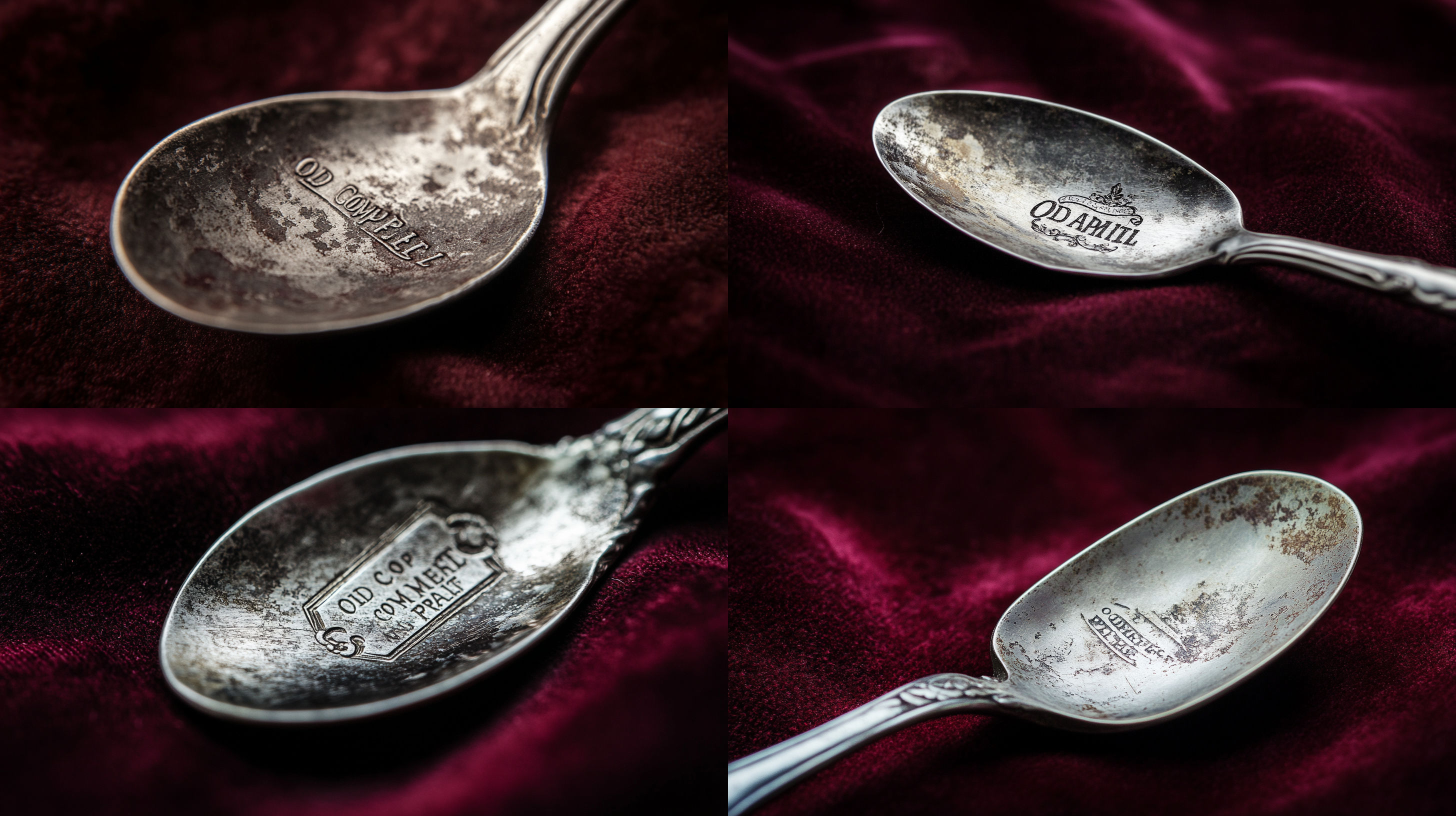
When examining your silverware, check for these identifying characteristics:
Maker’s Marks: Old Company Plate items are typically stamped with “OLD COMPANY PLATE” or the initials “OCP” on the back of each piece.
Pattern Name: Some pieces may include the pattern name, like “SIGNATURE,” also stamped on the back.
Material Indicator: The pieces may be marked with “SILVERPLATE” or “EP” (Electroplated) to indicate they are not sterling silver.
Monograms: Many Old Company Plate pieces were customized with the original owner’s initials, which can be seen on the front of the handles.
Identification Checklist
Factors Affecting Old Company Plate Value
Key Value Determinants
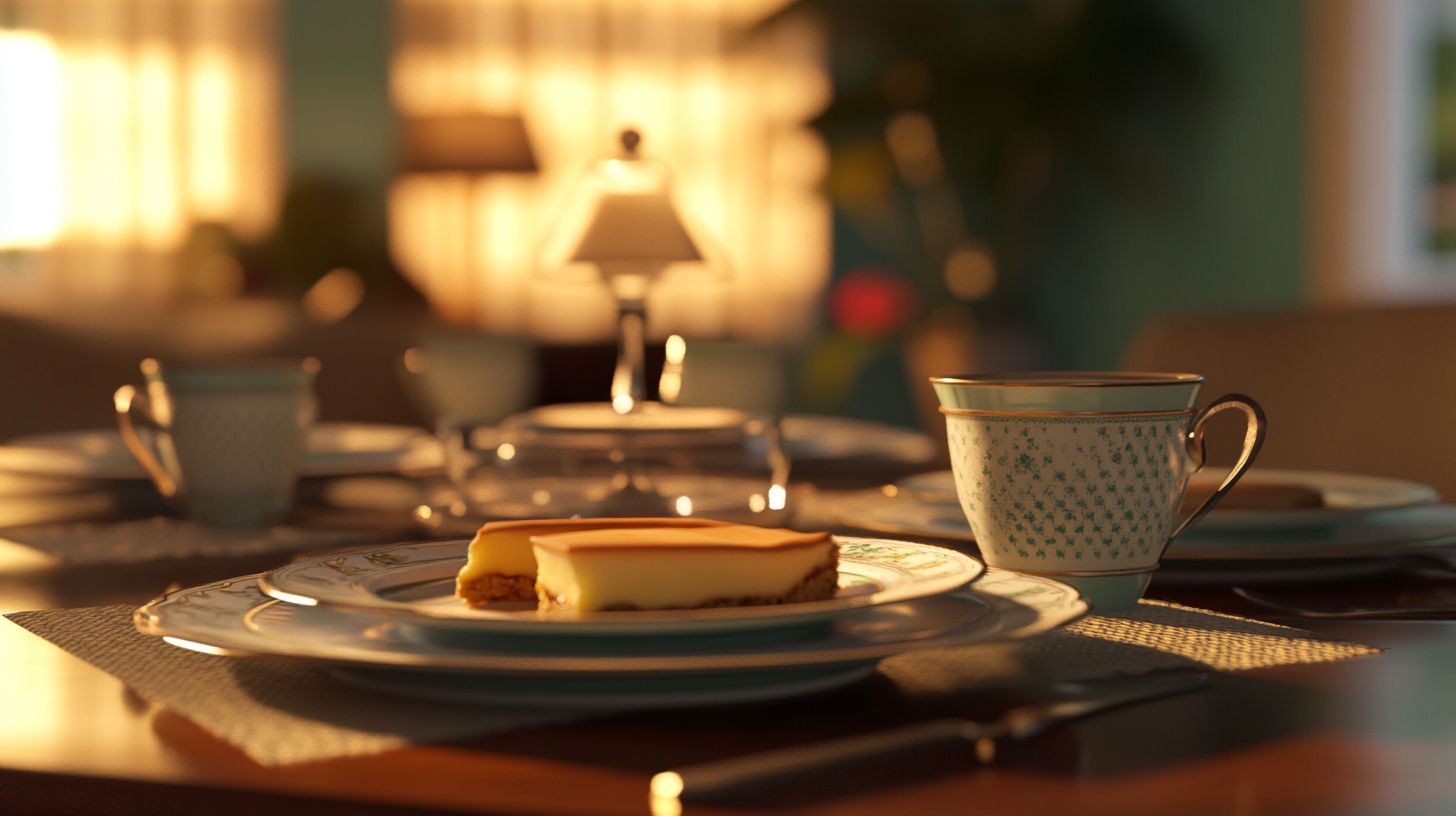
The value of Old Company Plate silverware is influenced by numerous factors:
1. Condition
Condition significantly impacts value. Pieces with minimal wear to the silver plating, no dents, and free from repairs command the highest prices. Silver plate can wear over time, especially on frequently used areas like spoon bowls and fork tines. Items with significant plate loss, deep scratches, or bent tines are worth considerably less.
2. Completeness
Complete sets in matching patterns are more valuable than individual pieces or mismatched collections. A complete service for 8 or 12 with serving pieces in the original storage case represents the ideal presentation for collectors.
3. Rarity
While “Signature” pattern pieces are relatively common, some specialized serving pieces or less popular patterns can be harder to find, increasing their value to collectors looking to complete sets.
4. Monograms
Unlike sterling silver where monograms can sometimes enhance value due to historical significance, monogrammed silver plate typically sells for less than unmarked pieces unless connected to a notable family or historical figure.
Value Impact Factors
| Age & Rarity | Condition Quality | Set Completeness |
|---|---|---|
| 25% | 40% | 35% |
Current Market Value of Old Company Plate Silverware
Price Analysis & Market Trends
While Old Company Plate silverware doesn’t carry the intrinsic precious metal value of sterling silver pieces, certain patterns and complete sets retain collector appeal. According to data from online marketplaces and auction results:
- Individual teaspoons and salad forks in the Signature pattern typically sell for $5-$15 each
- Dinner knives and serving pieces command slightly higher prices, ranging from $12-$25 each
- Complete 48-piece sets in good condition with original cases sell for $75-$200
- Specialty or less common pieces like gravy ladles, carving sets, or bon bon spoons can fetch $20-$40 each
From a replacement value perspective, a customer seeking to replace pieces in their collection might expect to pay around $600 for an excellent condition complete set. However, selling such a set on the secondary market would likely yield considerably less.
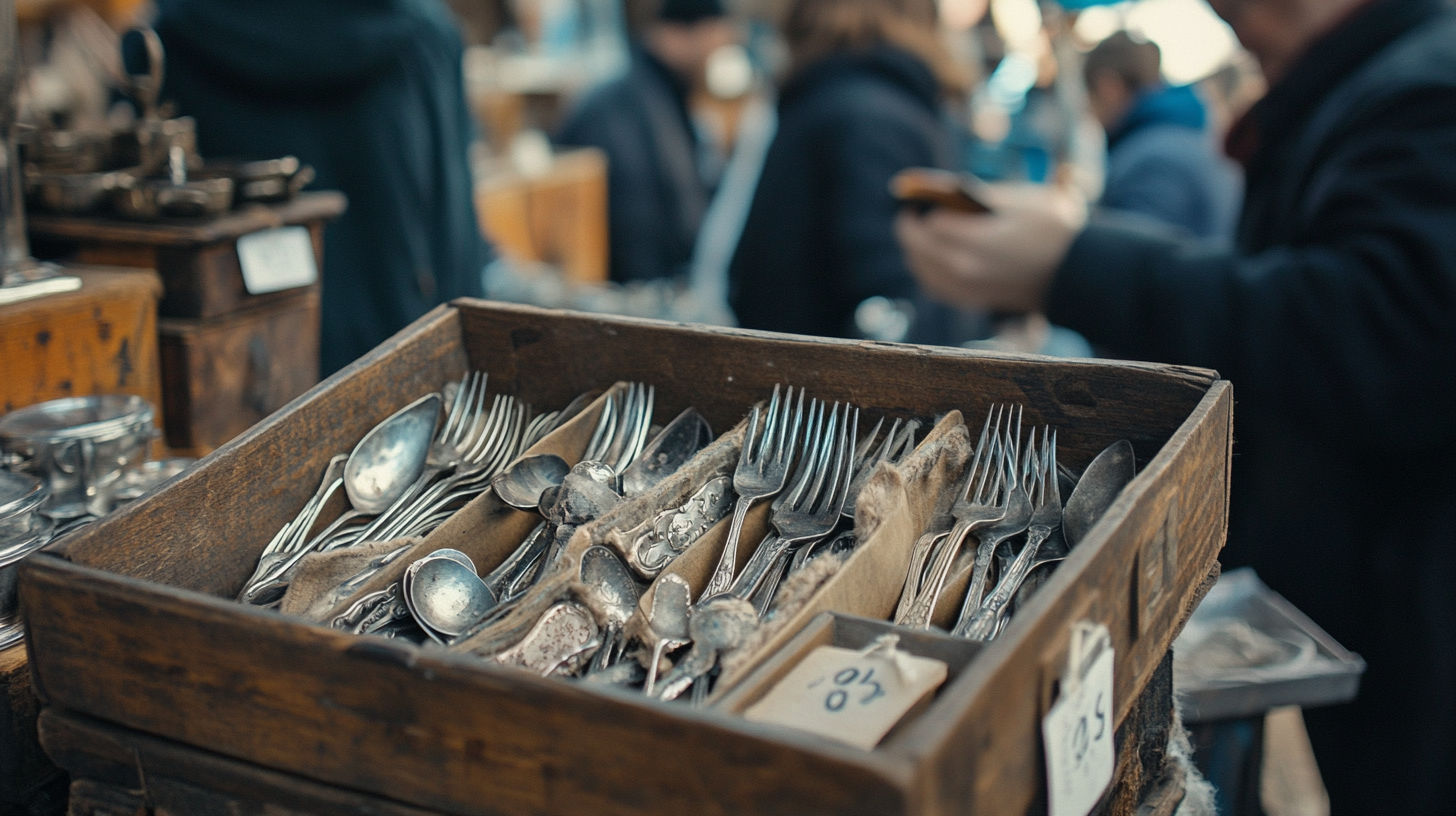
Where to Sell Old Company Plate Silverware
Best Selling Options
When selling Old Company Plate silverware, consider these options:
Online Marketplaces
Platforms like eBay and Etsy offer the widest potential audience. Complete sets with original cases tend to perform best, while individual pieces may sell slowly unless priced competitively. On Etsy, Signature pattern serving forks currently sell for around $10.00 per piece.
Replacement Services
Companies specializing in flatware replacement patterns may purchase your pieces to resell to customers seeking to complete their sets. Sites like Antique Cupboard list various Old Company Plate Signature pattern pieces.
Local Consignment Shops
Antique stores and consignment shops may take your silverware but typically offer lower prices than direct sales. However, they provide convenience with no shipping or online listing management required.
Specialty Silver Buyers
Some companies focus specifically on purchasing silver-plated items. Silver Plate Buyers estimates silver-plated flatware at approximately $5.25 per pound, though this represents the lowest value option as they purchase primarily for scrap.
Where Old Company Plate Silverware Sells Best
| Online Marketplaces | Replacement Services | Antique Dealers |
|---|---|---|
| Best for complete sets | Best for rare pieces | Best for convenience |
Care and Maintenance to Preserve Value
Proper Silverware Care
To maintain the value and appearance of your Old Company Plate silverware:
Gentle Cleaning: Wash by hand with mild soap and warm water. Avoid dishwashers, which can damage the silver plating.
Proper Drying: Immediately dry pieces thoroughly with a soft cloth to prevent water spots.
Anti-tarnish Storage: Store in anti-tarnish cloths, bags, or chests. Keep pieces from touching each other to prevent scratches.
Polishing: Use silver polish specifically designed for silver plate (not sterling). Polish gently and infrequently, as excessive polishing can wear away the plating.
Avoid Harsh Chemicals: Keep away from foods high in sulfur or acidic content when possible, and never leave silverware soaking in water.
By following these care guidelines, you can preserve both the appearance and value of your Old Company Plate silverware for years to come.
Old Company Plate vs. Other Silver-Plated Brands
Comparative Value Analysis
When comparing Old Company Plate to other silver-plated flatware brands, several distinctions affect relative values:
Oneida Community
Generally commands higher prices due to wider recognition and more elaborate patterns. Oneida’s Tudor Plate and Community Plate lines typically sell for 20-30% more than comparable Old Company Plate pieces.
International Silver
As Old Company Plate’s parent company, International Silver produced numerous lines at various price points. Their 1847 Rogers Bros. line tends to be more valuable than Old Company Plate patterns.
Wm. Rogers
Similar in value range to Old Company Plate, with prices dependent primarily on pattern popularity and condition.
The quality of silver plating, design complexity, and brand recognition all contribute to these value differences. Old Company Plate, while well-made, is considered a mid-tier silver-plated brand in today’s collector market.
External Resources for Old Company Plate Research
eBay Old Company Plate Listings
Browse current listings and recent sales to understand current market values for Old Company Plate silverware.
Antique Cupboard Signature Pattern Catalog
Comprehensive listings of Signature pattern pieces with replacement values and availability.
Silver Pattern Identification Database
Reference source for identifying and valuing Signature pattern pieces by Old Company Plate.
Sterling Flatware Fashions Reference
Educational resource for understanding silver-plated flatware brands and their relationships.
Live Auctioneers Price Results
Past auction results showing actual sale prices for Old Company Plate silverware sets.
Silver Superstore Selling Guide
Expert advice on valuing and selling silver-plated flatware in today's market.
Expert Appraisal Considerations
Professional Valuation Tips
When seeking professional appraisal for Old Company Plate silverware:
Documentation: Gather any original purchase receipts, certificates, or packaging that came with your silverware.
Photographs: Take clear photos of all pieces, including any maker’s marks and the overall condition.
Inventory List: Create a detailed inventory listing each piece type and quantity.
Research: Provide comparable recent sales data if available.
Specialist Selection: Choose an appraiser who specializes in silver plate rather than a general antiques appraiser for the most accurate valuation.
Professional appraisals typically cost $75-$150 per hour, which may be worthwhile for insurance purposes or estate settlements, but rarely necessary for typical Old Company Plate sets intended for resale.
Common Questions About Old Company Plate Silverware Value
Is Old Company Plate silverware real silver?
Old Company Plate silverware is not solid silver but silver-plated, meaning it has a thin layer of silver bonded to a base metal (typically nickel or copper alloy). This is different from sterling silver, which contains 92.5% pure silver throughout. The silver plating on Old Company Plate pieces can wear over time, especially in areas of frequent use such as the backs of spoons and tips of fork tines.
How can I tell if my Old Company Plate silverware is valuable?
To assess if your Old Company Plate silverware has significant value, examine these factors:
- Pattern popularity (Signature pattern is most recognized)
- Condition of the silver plating (minimal wear is best)
- Completeness of the set (full sets command premiums)
- Presence of original storage case
- Any rare or special serving pieces
Complete sets in excellent condition with minimal plate wear and no monograms generally hold the highest value. Individual pieces typically have modest value unless they are rare serving items.
How much can I get for my silver-plated Old Company Plate flatware?
Silver-plated flatware like Old Company Plate typically sells for:
- $5-$15 for common individual pieces (teaspoons, forks)
- $12-$25 for dinner knives and serving pieces
- $75-$200 for complete 48-piece sets in good condition with original cases
- $20-$40 for specialty pieces like gravy ladles or bon bon spoons
Keep in mind that silver-plated items don't have significant melt value like sterling silver. Their worth comes primarily from collector interest, pattern popularity, and functional value as replacement pieces.
Where is the best place to sell Old Company Plate silverware?
The best selling venue depends on your priorities:
- **eBay or Etsy**: Best for reaching the widest audience; complete sets sell better than individual pieces
- **Replacement services**: Companies like Replacements Ltd. may purchase pieces to sell to customers completing sets
- **Local antique shops**: More convenient but typically offer lower prices
- **Facebook Marketplace/Craigslist**: Good for local sales of complete sets
- **Silver recyclers**: Lowest value option, paying by weight rather than as collectibles
Online platforms typically yield the best prices but require more effort in listing, shipping, and customer service.
What is the most valuable Old Company Plate pattern?
The "Signature" pattern from 1950 is the most recognized Old Company Plate design and typically the most available on the secondary market. However, some specialty patterns like "Signature Rose" or the children's "Huckleberry Hound" pattern can command higher prices due to their relative scarcity and collector interest.
Specialty serving pieces in any pattern tend to be more valuable than standard place settings. The value is more often determined by the piece type, condition, and completeness rather than the specific pattern.
Does a monogram decrease the value of Old Company Plate silverware?
Yes, monograms typically reduce the value of Old Company Plate silverware by 20-30% compared to unmarked pieces of the same pattern and condition. This is because most buyers prefer pieces without someone else's initials. The exception would be if the monogram belongs to a historically significant person or prominent family, which could potentially increase the value.
If you're looking to sell monogrammed pieces, you might consider marketing them to buyers with matching initials or to crafters who repurpose silverware into jewelry and other items.
Can Old Company Plate silverware be used daily?
Yes, Old Company Plate silverware can be used for daily dining, though with some precautions:
1. Hand wash with mild soap rather than using dishwashers
2. Dry immediately after washing to prevent spotting
3. Avoid prolonged contact with acidic foods
4. Store properly to minimize tarnishing
Regular use will eventually wear the silver plating, particularly on frequently used surfaces like spoon bowls and fork tines. If preserving value is a priority, reserve these pieces for special occasions and use modern stainless steel for everyday dining.
What's the difference between Old Company Plate and Community Plate silverware?
Both Old Company Plate and Community Plate are silver-plated flatware brands produced by International Silver Company, but there are some notable differences:
1. **Production period**: Community Plate was introduced earlier (early 1900s) while Old Company Plate was more prominent in the mid-century
2. **Market positioning**: Community Plate was generally positioned as a higher-tier brand with more elaborate patterns
3. **Value today**: Community Plate patterns typically command higher prices on the secondary market
4. **Pattern variety**: Community Plate offered a wider range of patterns over a longer production period
Both brands feature quality silver plating over a base metal, but Community Plate's more recognized brand name and often more ornate designs contribute to its typically higher value in today's market.
Conclusion: Is Old Company Plate Silverware a Valuable Investment?
While Old Company Plate silverware holds sentimental and functional value, it’s generally not considered a significant financial investment. Unlike sterling silver, which has intrinsic precious metal content, silver-plated items derive their value primarily from collectibility, pattern popularity, and condition.
For most owners, Old Company Plate silverware represents a modest-value collectible that can be:
- Enjoyed for its original purpose - Many families still use these pieces for special occasions
- Collected as an affordable entry into silver collecting - Particularly for those interested in mid-century American tableware
- Sold to specialist buyers - Either as complete sets or as individual replacement pieces
The most financially rewarding approach for owners of Old Company Plate silverware is typically to sell complete sets in original cases to collectors looking for intact services rather than attempting to part out individual pieces.
Whether you choose to enjoy your Old Company Plate silverware, pass it down as a family heirloom, or sell it to another appreciative owner, understanding its true market value helps inform your decision-making process.
